Overclocking: The Core and the Memory
It is customary to overclock both the core and the memory speeds when overclocking a video card. Usually, a user will sit down and overclock both the memory and the core speeds in a linear fashion, say 5 MHz each test. Generally, the card is overclocked to it maximum when increasing the core and memory speeds 5 MHz more results in system failure or artifacts. To simulate this, we performed the same procedure on our test bed computer.
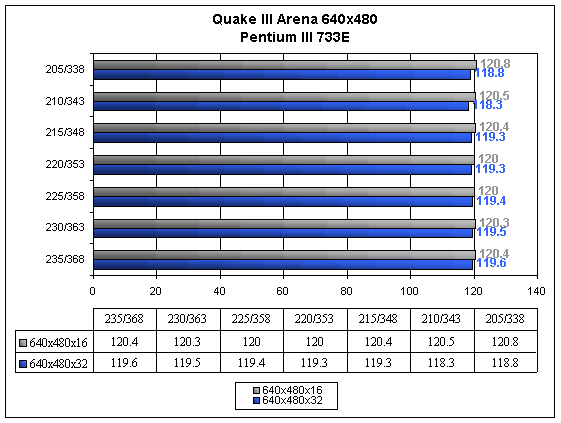
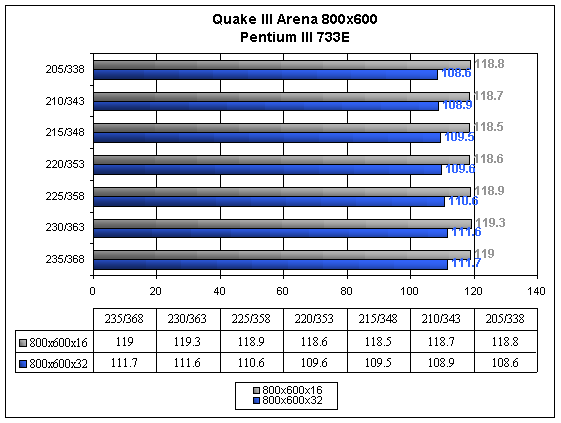
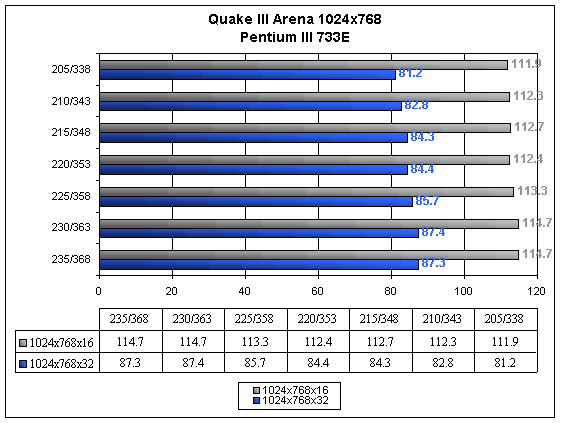
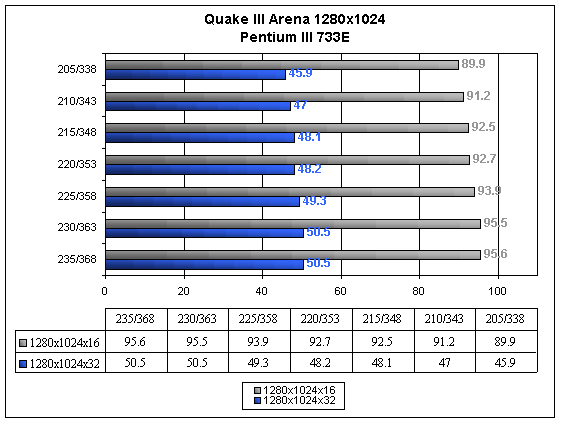
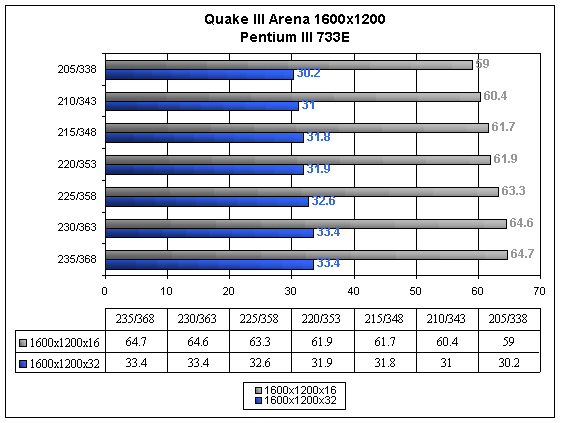
This conventional overclocking method provides for some interesting results. First off, note that the maximum speed able to be reached when both the core and the memory clock are overclocked together is lower than the maximum speed reached when overclocking both components separately. In this case we were able to get the core speed up to 235 MHz and the memory speed up to 368 MHz before stability was lost.
Also note that while speed was gained when overclocking the core and the memory together, 10.5% at 1600x1200x32, the speed gained was not even close to the speed gain experienced by overclocking the memory by itself. The speed gained was significantly greater than the speed resulting from overclocking the core alone, however. This aspect of overclocking will be discussed in the next section and will provide us with a guide as to how to overclock the GeForce 2 GTS.










0 Comments
View All Comments